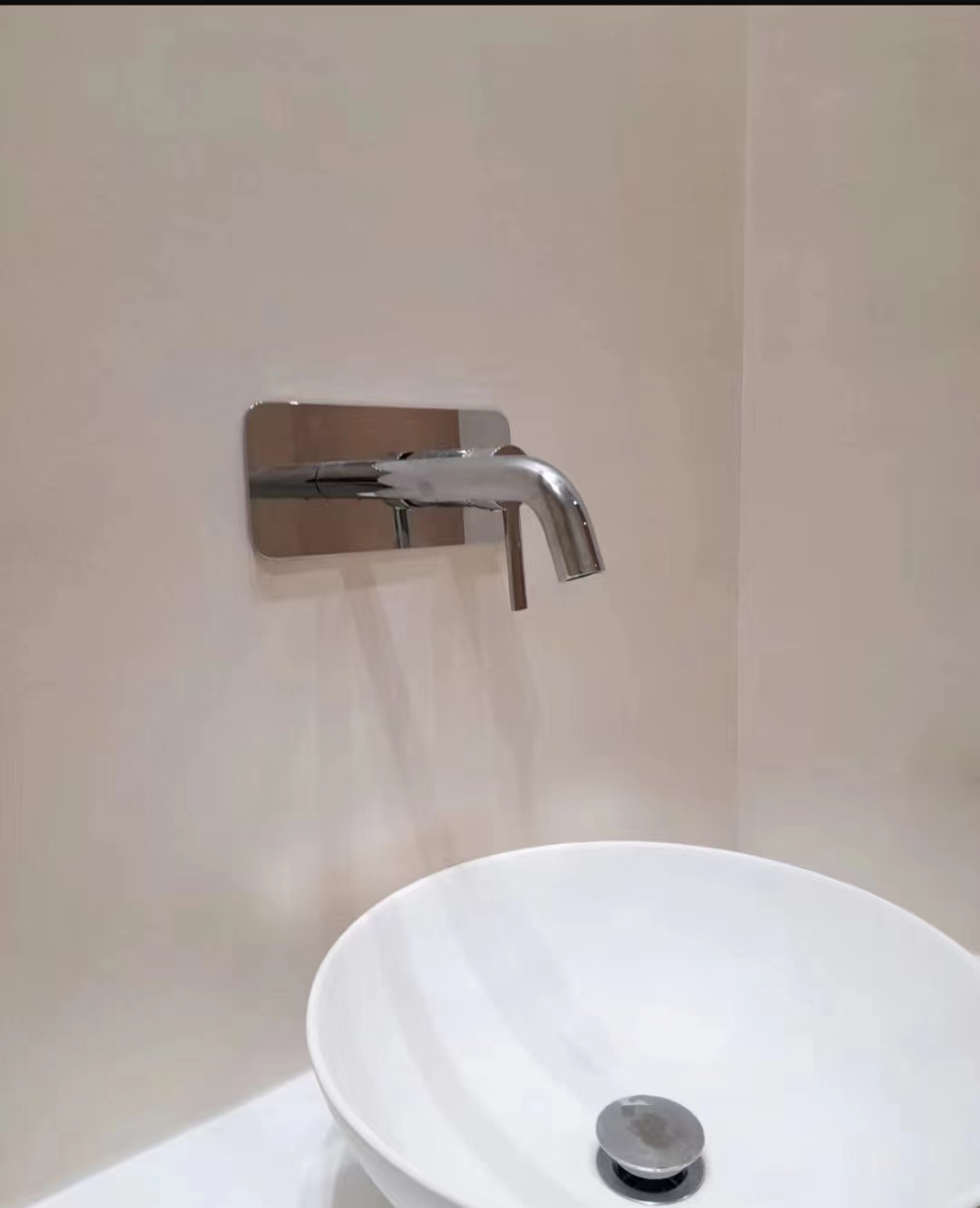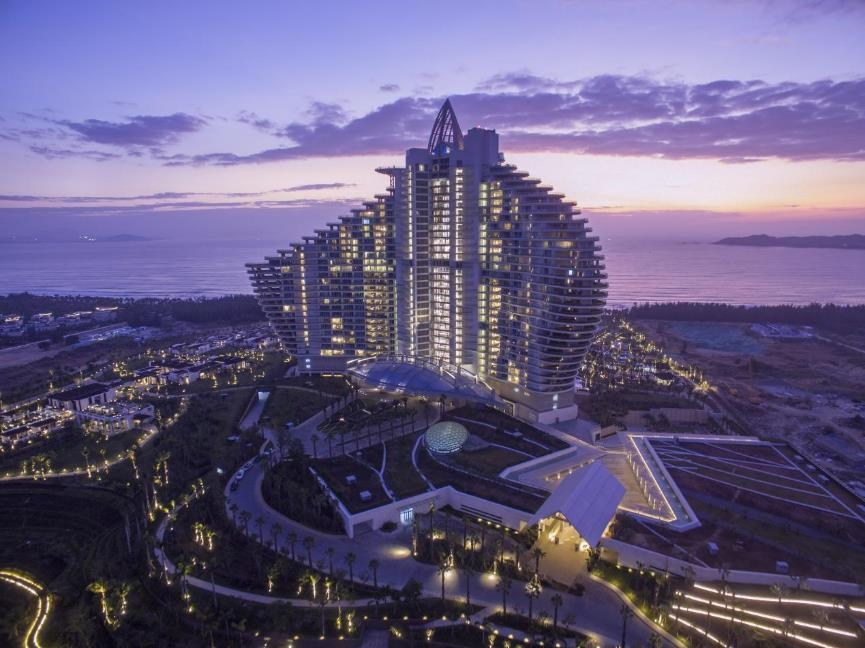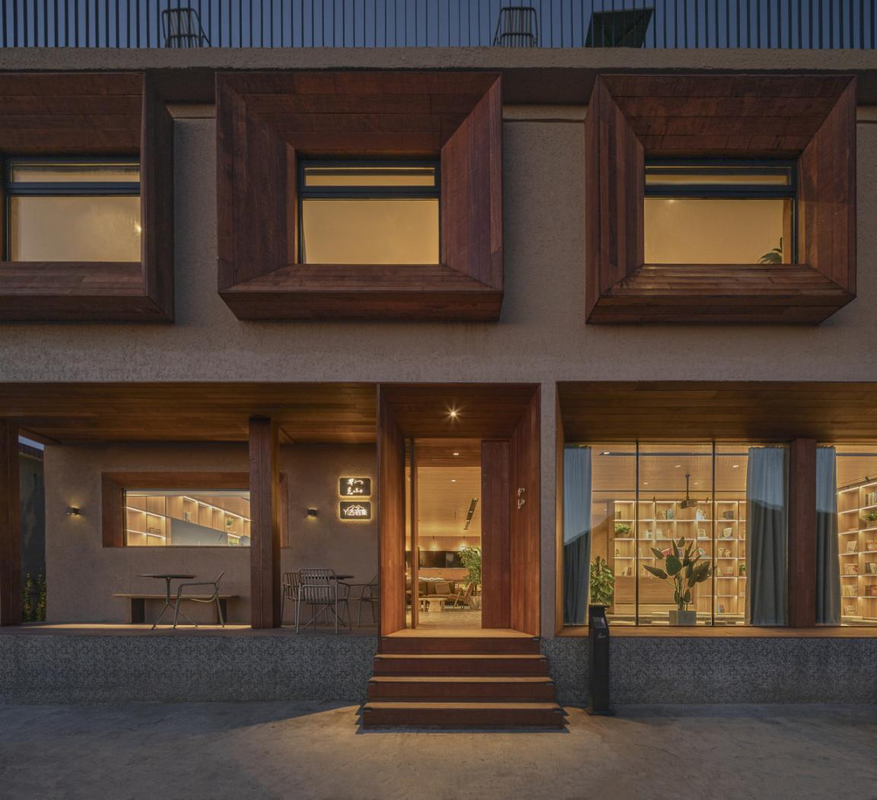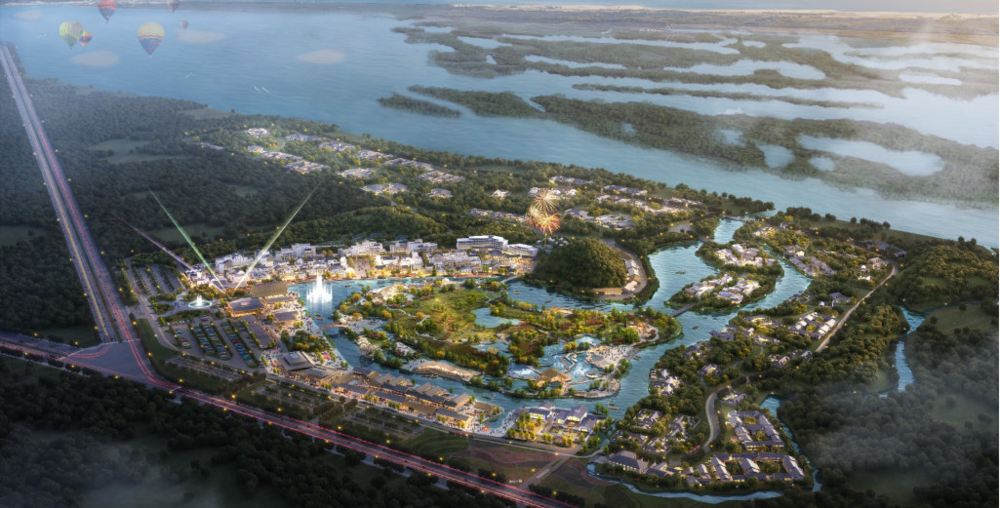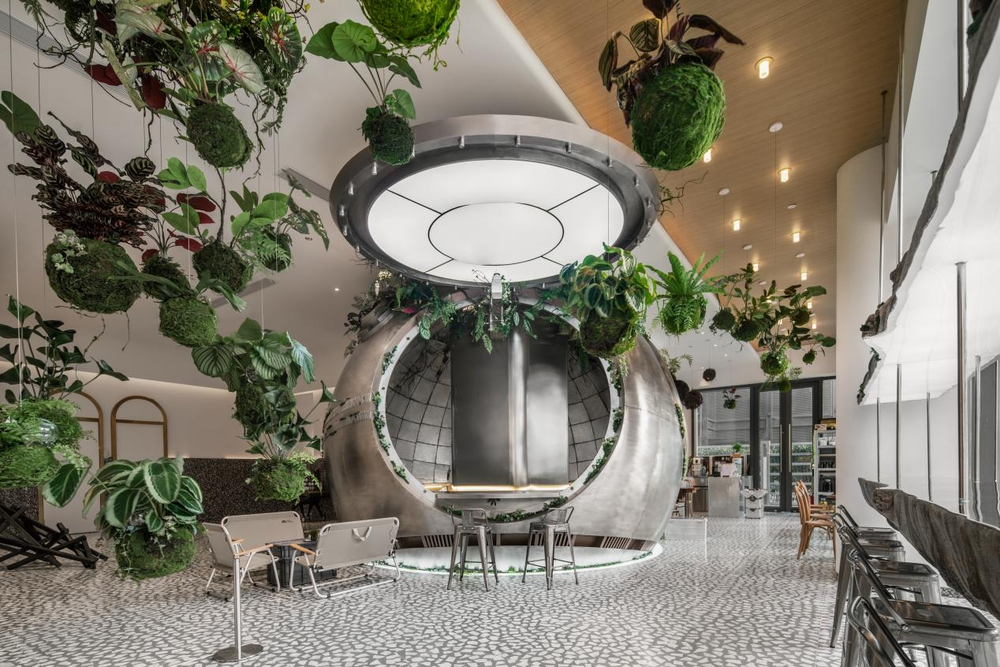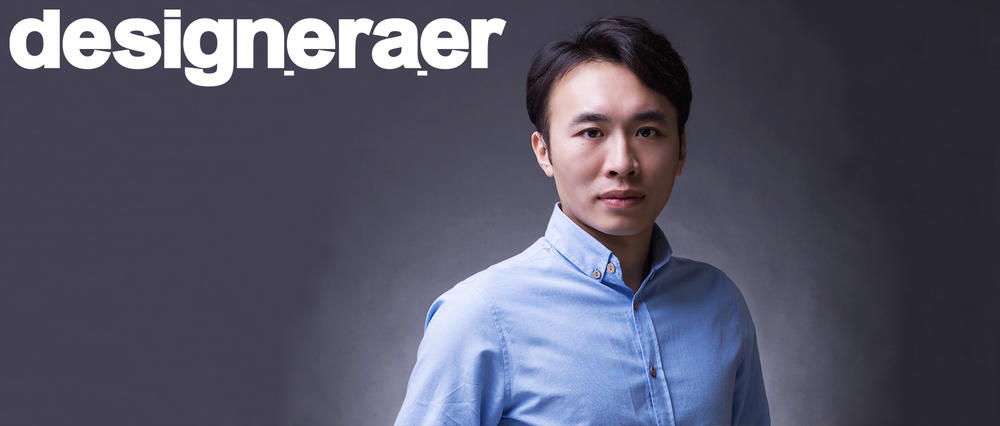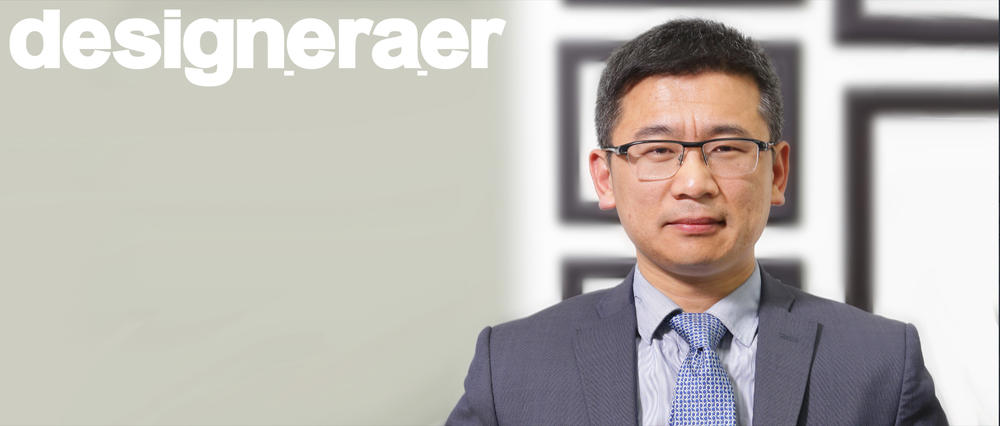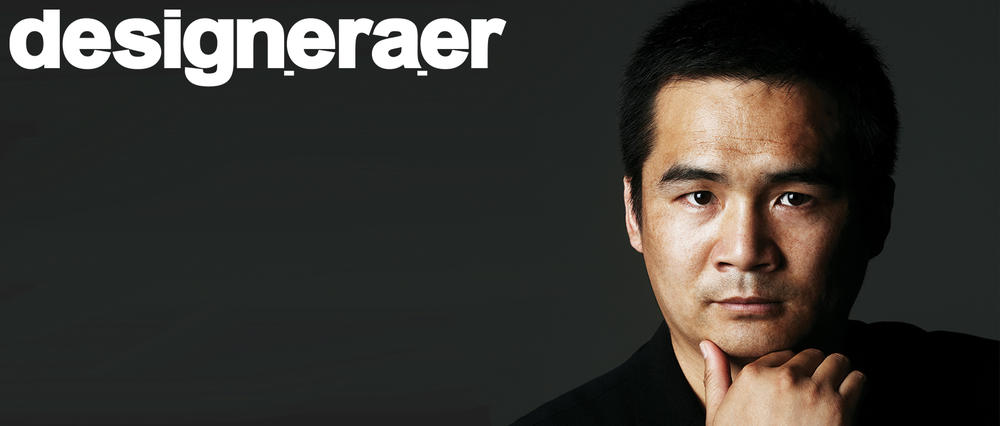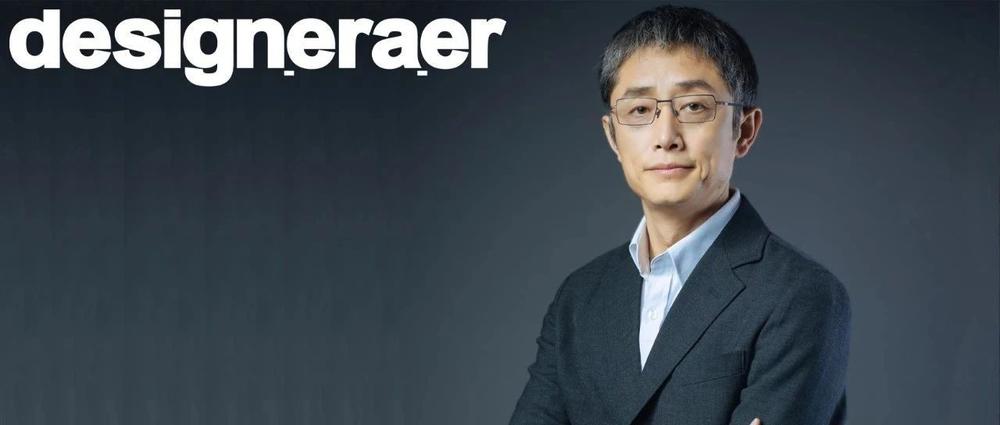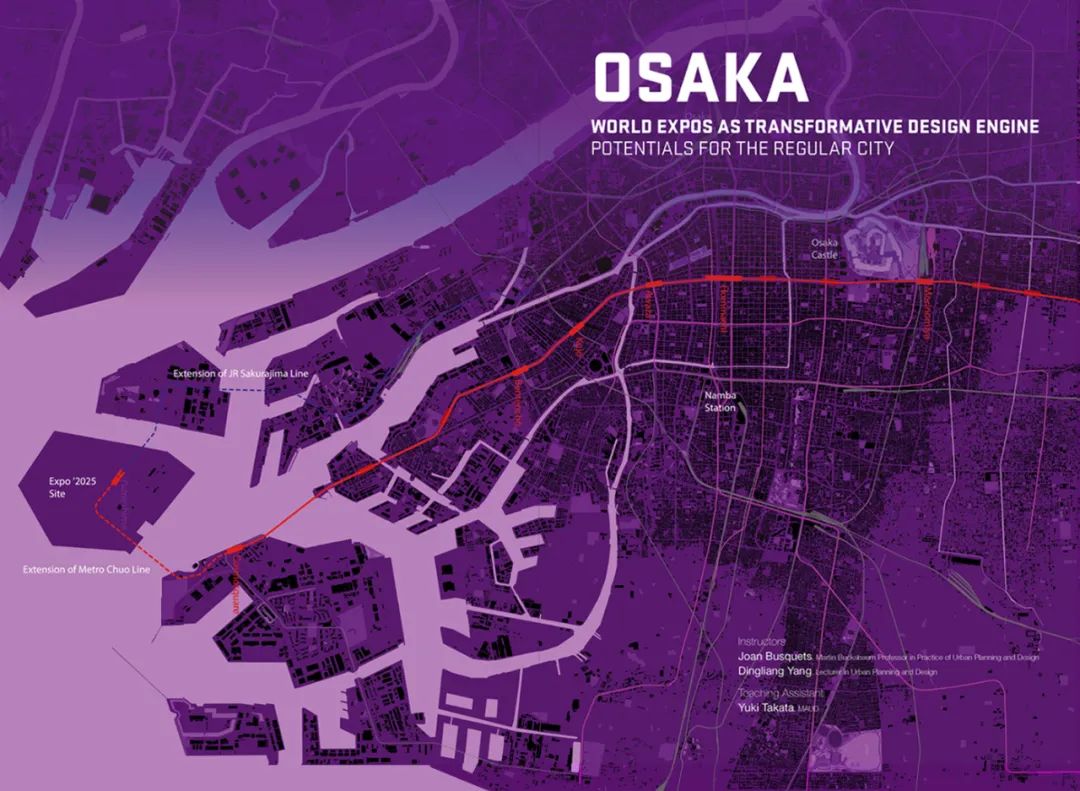
5月4日,由VARI Design创始合伙人杨丁亮指导教学、题为“大阪:世博会作为城市转型设计的引擎”的哈佛大学设计学院设计课程1505进行了期末评图。本次期末评图受新冠病毒的影响改为全程在线上进行,并且对全球的广大听众进行了直播。
On May 4, the Harvard GSD Studio-1505, entitled Osaka: World Expos as Transformative Design Engine, taught by Yang Dingliang, founding partner of VARI Design, completed the final review. This review is conducted in a virtual manner in a very challenging and special moment during the outbreak of COVID-19, and broadcast to the wider audience all across the globe.
哈佛大学设计学院教授、城市规划与设计系系主任艾利克斯·克里格,哈佛大学设计学院院长、教授教授莎拉·怀廷,哈佛大学景观系副教授吉尔·德斯米妮,哈佛大学设计学院讲师大卫·甘博,麻省理工学院讲师罗瑞娜·贝洛,株式会社安井建筑设计总裁佐野吉彦、天华集团董事黄向明、日本明治大学教授、副校长小林正美、万科集团副总裁丁长峰受邀参加了本次期末评图,课程设计的成果也得到了评委团一致的认可。
The studio outcome received acknowledgment by a group of the distinguished jury, including Prof. Alex Krieger (Professor in Practice of Urban Design and Chair of the Department of Urban Planning and Design at the Harvard GSD, the principal of NBBJ), Sarah Whiting (Dean and Josep Lluís Sert Professor of Architecture of Harvard GSD), Jill Desimini (Associate Professor of Landscape Architecture at Harvard GSD), David Gamble (Lecturer in Urban Planning and Design, Harvard GSD), Lorena Bello (Lecturer in MIT), Yoshihiko Sano (President of Yasui Architects & Engineers, Inc.), Huang Xiangming (Board member and Director of Tianhua Group), Masami Kobayashi (Professor and vice president of Meiji University in Japan), Ding Changfeng (Vice president of Vanke Group).大阪作为一个知名的世博城市举办了包括1903,1970和1990在内的多届世博会,并且将在2025年再次举办世博会。由此,大阪也被选作本次设计课程的主题、研究对象以及实验场所,专门研究城市可以如何利用超大事件—比如世博会,并在筹备世博会的过程中通过一系列的城市性项目,不仅仅只局限于世博园,来提升城市的整体空间品质。Osaka as a famous expo-city which hosted multiple expos including the 1903, 1970, 1990 and the upcoming 2025 is selected by the studio to be the theme, target but also the experimental site to study and research how the city can leverage the mega-event – World Exposition to improve the spatial quality of the city through a series of urbanistic projects beyond the mere site of the expo campus during the preparation period.

在世博局与大阪的专家们进行了深入交流之后,设计课程设计了整体的方案:将大阪地铁中央线从宇宙广场站延申至2025世博会选址——梦洲岛。这一策略将重新定义大阪的城市发展方向、将其导向大阪港区,同时也带来了重新翻新地铁站及整合再开发站点周边地块的大好契机。After the communication with the experts and professionals in Osaka, and the Bureau International des Expositions (BIE), the studio establishes a urbanistic scheme to extend the Metro Chuo Line from Cosmosquare to the Yumeishima Island – the site of the Expo’2025, which reorients the urban development towards the port district of Osaka and at the same time brings broader opportunity to renovate the stations and redevelop the station-areas that along the Chuo Line.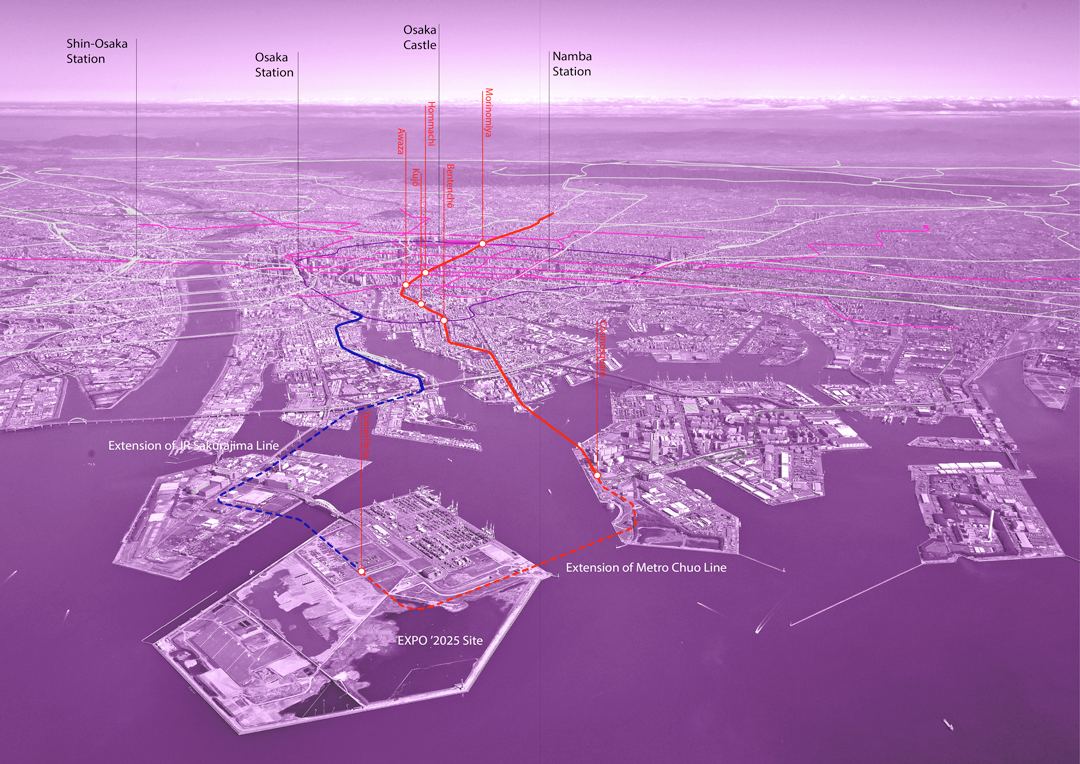
经过前半学期系统性的研究分析之后,六个不同且具有代表性的站点被相应的筛选出来,由学生两两分组进行设计探讨。自西向东(始于世博场地),宇宙广场站作为直面世博园、距离最近的站点首先被选择出来,其周边是转变中的工业用地,且在此处轻轨与地铁交汇。第二个确定的案例是弁天町站,既是地铁中央线与铁路环线的交界处,同时也是大阪西部的门户枢纽。第三个选择是具有明显地域文化特色的的传统社区九条站,用来探索当地小尺度与巨型结构之间如何共生的关系。阿波座站现在地面是由层层叠叠的高架完全占据,是测试重新调整基础设施尺度和翻新周围环境可能性的理想场所,这一设计实验可以为其他面对类似挑战的同类型站点提例证。本町大阪市中心车站的代表,是最复杂的车站,但与此同时,也是站点和城市最深度连接的地方。最后,森之宫(大阪城)站可以说是最显而易见的站点,可用于教学上讨论纪念性和普遍性,历史性与现代性之间,以及中心公园与城市密度之间的对立统一。After systematic researches during the first half of the semester, six representative and contrasting stations-station areas are selected accordingly as exemplary cases to be further developed by the students in pairs. From west to east (starting from the Expo site), Cosmosquare Station as the most adjacent site facing the Expo Campus but in a transforming-industrial condition as well as a confluence point of the local monorail and the metro is selected. Bentencho Station as the gateway in the west of Osaka, and a critical point where the Chuo Line meets the JR Circular Line is decided as the second example. Kujo, a traditional urban neighborhood with evident vernacular character, is chosen as the case to explore the relationship between the local scale and the mega-structure. Awaza Station as a multiple highway infrastructure dominated spot is an ideal site to testing the possibility of rescaling the infrastructure and retrofitting the surroundings, which could be exemplary to a lot of interchange places confronted by the similar spatial challenge. Honmachi as the most complicated station, but at the same time best well connected urban district is selected as a case in the Osaka city center. Finally, Morinomiya (Osaka Castle) station is arguably the most evident station to be included to pedagogically discuss the confrontation between the monumentality and the generality, the historic vs the contemporary, as well as the central park vs the urban density.

课程设计成果节选图(自上而下):阿波座剖透视(高田雄辉和金英珠设计),九条剖面(唐·奥基夫与吕杨设计),宇宙广场剖面(艾利斯·韩与郑浩然),弁天町剖透视和轴测(潘悦和萧天玥设计)
The Excerpts of Studio Outcomes (from up to bottom): Perspective section of Awaza by Yuki Takata and Youngju Kim, Section of Kujo by Don O‘Keefe and Young Lv, Section of Cosmosquare by Alice Han and Harry Zheng, Perspective section and axon of Bentencho by Pam Pan and Tianyue Xiao.
@高田雄辉&金英珠
@潘悦&萧天玥
@潘悦&萧天玥
